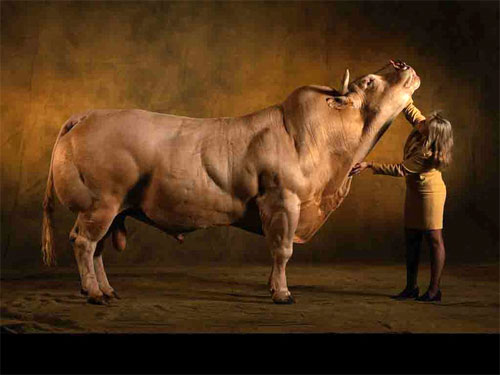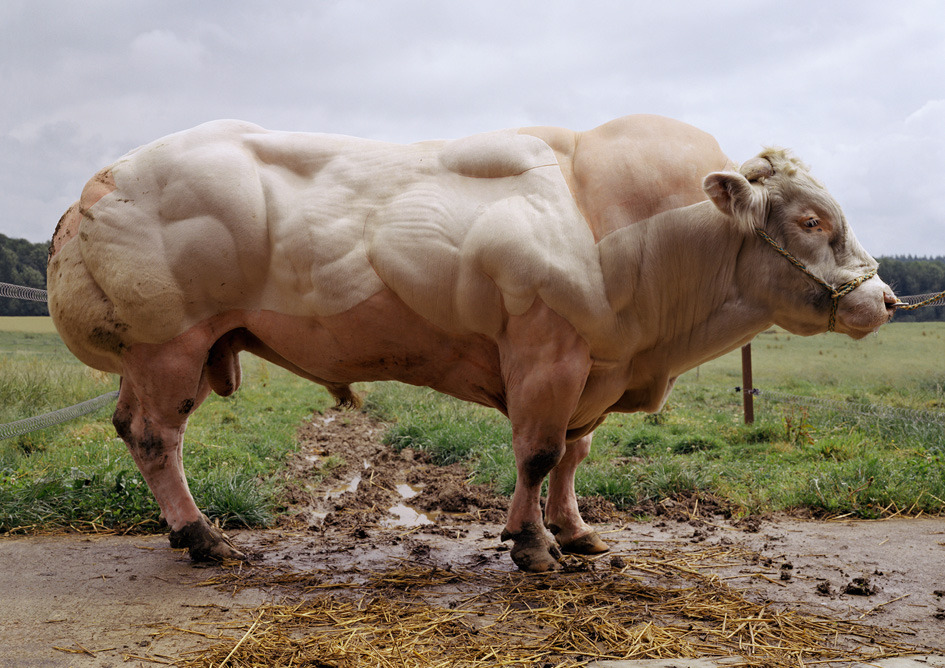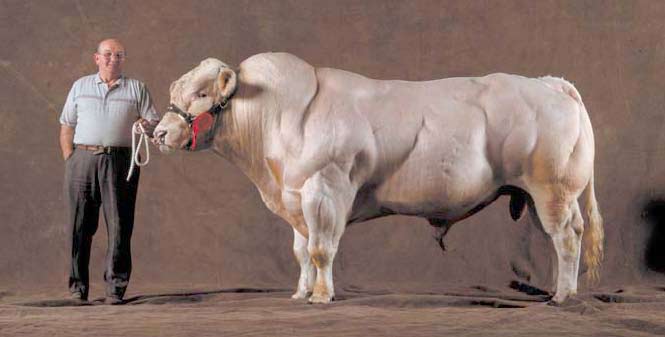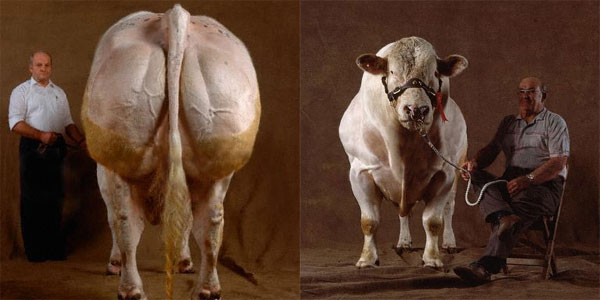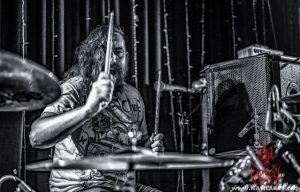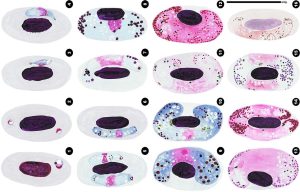Belgian Blue Super Cow
Get a load of these ultra cows, they cut a mean shape and no mistake. In English they’re referred to as Belgian blues and in French as Race de la Moyenne et Haute Belgique, or, more commonly, Blanc Bleu Belge.
They’re the bovine equivalent of Rambo. The Belgian blue‘s monumental look isn’t due to steroids as you might well presume, it’s due to a heritable trait called “double-muscling”. Double-muscling means that instead of individual muscle fibres increasing in size like normal, they increase in number.
This trait is, of course, a dream for meat manufacturers because it increases the amount of meat they produce and the meat that comes off them is much leaner. A standard cow normally comes in at around 900 kg, a Belgian blue tips the scales at a monstrous 1250 kg. But despite the gargantuan size, they have a calm and almost serene personalities.
The Belgian blue originated in 19th century Belgium from a cross between local breeds and shorthorn breeds from the UK. It wasn’t until the 1960s that their characteristics were fully established.
The Genetics Of The Super Cow
In “normal” animals, a protein called myostatin (also known as growth differentiation factor) stops muscle growth at a less ridiculous point.
In the case of the Belgian blue, the gene that codes for myostatin is broken so the body just keeps piling on the muscles. The faulty gene also interferes with the way fat is deposited, hence the leaner meat.
Even from birth, these little Belgian tanks have twice the muscle mass of normal cows. Because of their increased size and a naturally thinner birth canal, they often have difficult births (dystocia). Around 90% are born by Caesarean sections.
With advanced breeding practices and selective mating, the thinner birth canal is becoming less of an issue. However, because of the relatively small gene pool that these cows are bred from, calves still have problems with their breathing, weak legs and enlarged tongues.
Like meat heads of the human variety Belgian blue sperm quality is relatively low.
Buying A Belgian Blue
Although docile, they do take a bit of management and they’re not recommended for a first-time farmer. But, they are good milk producers and, because they have that double muscle, you will get a lot of steak out of them.
They generally cost around £1,800 – £2,000.
Because of the increased cost of rearing a Belgian blue – high protein feed ain’t cheap, and neither are C-sections – they don’t make much cash for a farmer. So, the gentle Blues will probably stay a rare-ish breed. Having said that, they’re getting progressively more popular in the US, their hardy nature means they can be reared anywhere from Nevada to Alaska.
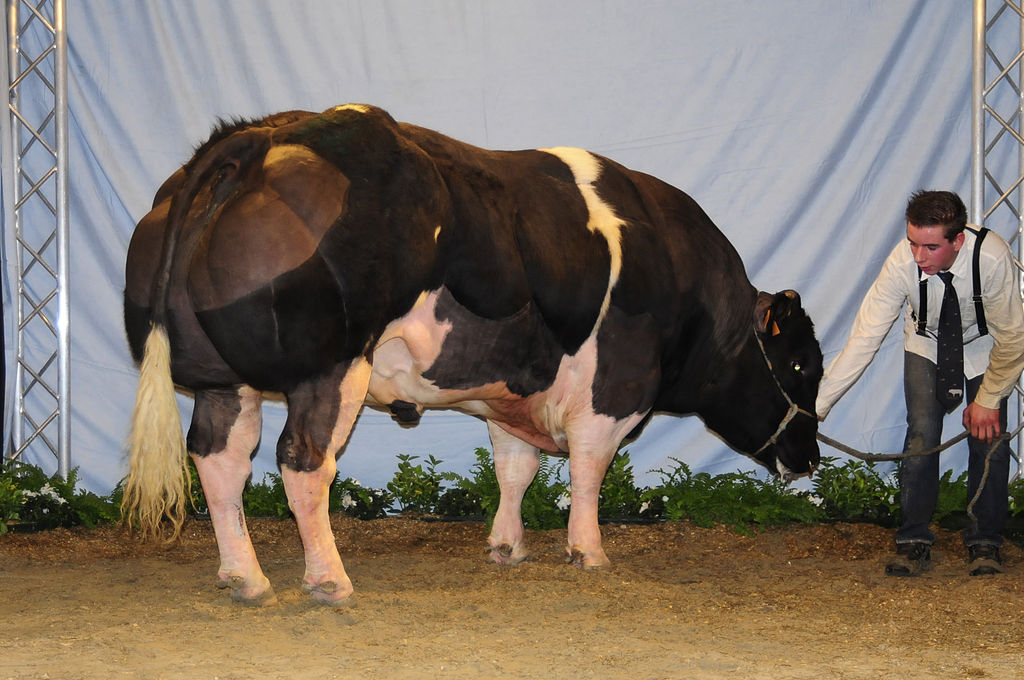
“Kamp- Bambino vd ijzer copy” by agriflanders – originally posted to Flickr as Kamp- Bambino vd ijzer copy. Licensed under CC BY 2.0 via Wikimedia Commons.
I’ll leave you with a helpful tip: if one of these Belgian blues are running at you, move.
MORE WEIRD LIVESTOCK:
GOATS IN WEIRD PLACES/ GOATS ARE AWESOME
SHEEP PRETENDS TO HEADBUTT COW


